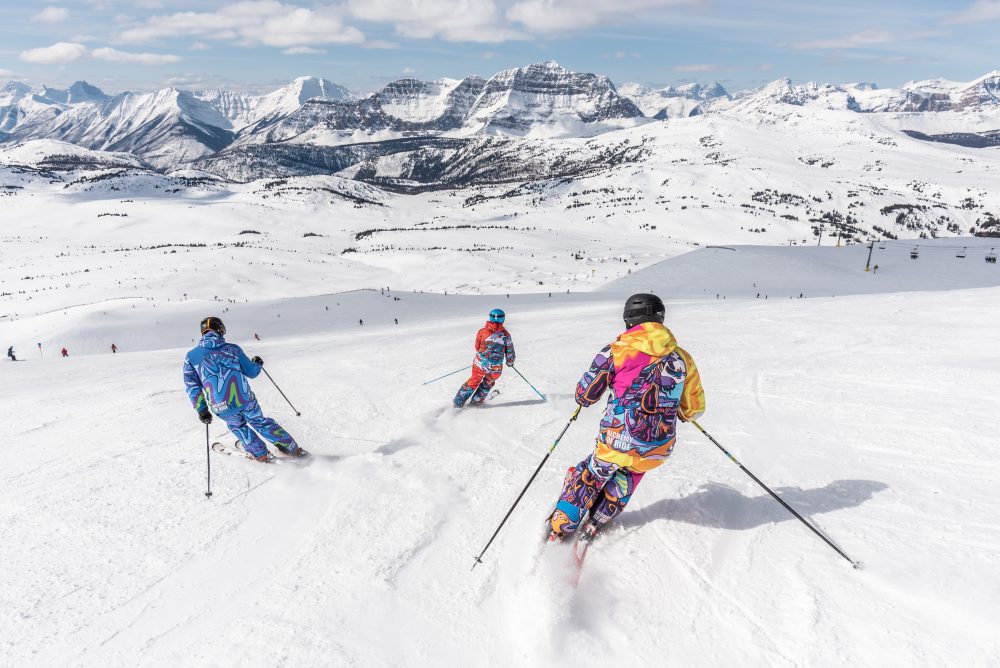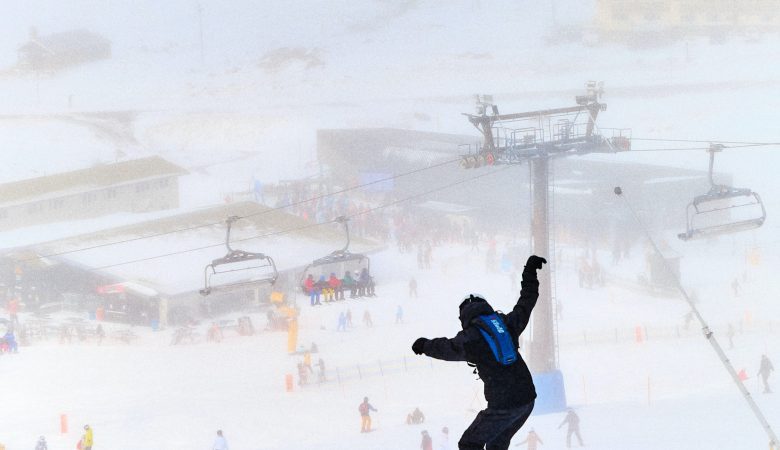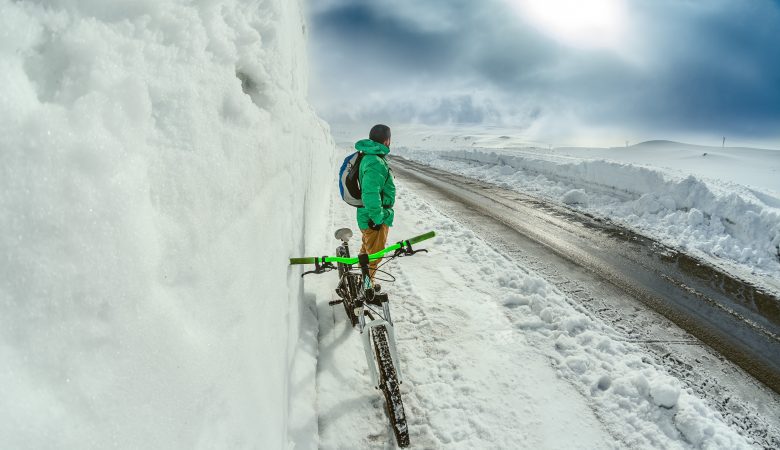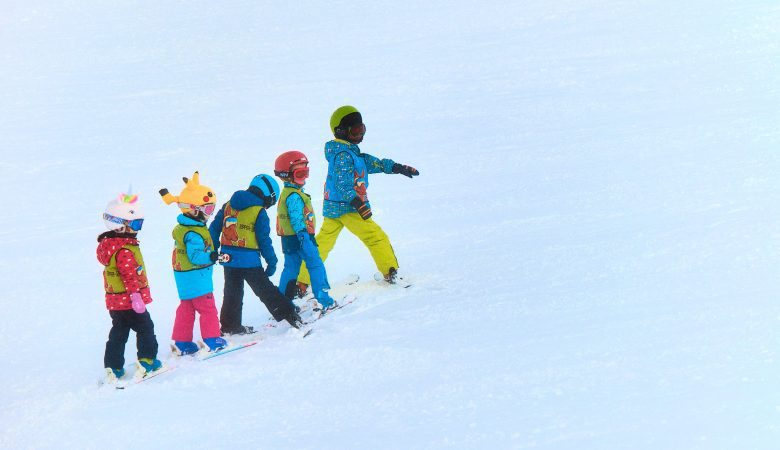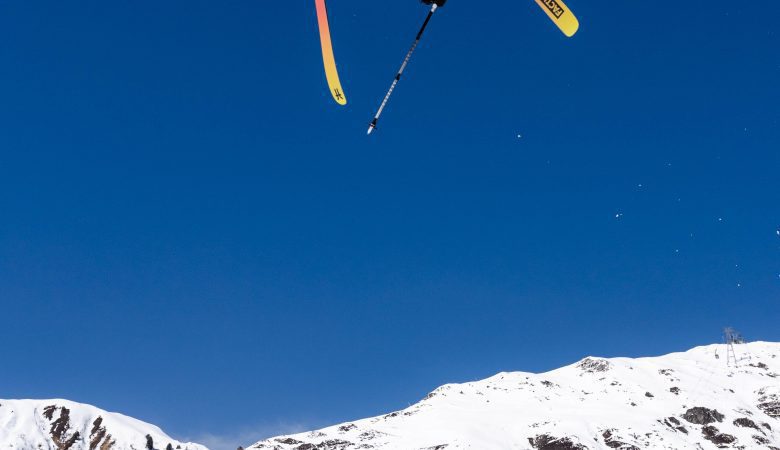Are you looking for an exciting and thrilling winter adventure? Look no further than skiing! Whether you’re a seasoned pro or hitting the slopes for the first time, skiing is an exhilarating way to enjoy the chilly season. With so many different types of skiing and ski resorts available in the United States, it can be overwhelming to know where to begin. That’s why we’ve put together this beginner’s guide to help you navigate your way through the world of skiing. So strap on your skis and get ready for an unforgettable experience!
What is skiing?
Skiing is a winter sport that involves gliding down snow-covered slopes on skis. It’s an activity that has been enjoyed for centuries, with its roots tracing back to Scandinavia in the 19th century. Today, skiing has become a popular pastime worldwide and attracts millions of enthusiasts every year.
The sport involves navigating various types of terrain, including groomed trails, moguls, and even steep backcountry slopes. Skiers use specialized equipment such as ski boots, bindings, and poles to help them maneuver through the snow.
Skiing can be done individually or in groups and offers many physical benefits such as cardiovascular exercise and muscle strengthening. Beyond the health benefits, it also provides a great way to enjoy nature while experiencing an adrenaline rush.
Skiing is an exciting winter sport that requires skill and determination but ultimately rewards participants with thrilling experiences on the mountain.
The Different Types of Skiing
Skiing is not just one type of activity, but rather a collection of different disciplines that require varying levels of skill and experience. Here are the most common types of skiing:
Alpine skiing, also known as downhill skiing, involves racing down snow-covered mountains at high speeds. This type of skiing requires good balance and strong leg muscles.
Cross-country skiing takes place on flat to gently rolling terrain over long distances. It’s an excellent workout for the whole body, but it can be challenging due to its endurance nature.
Freestyle skiing includes tricks such as jumps, flips, and spins off ramps or other obstacles found in terrain parks.
Backcountry skiing takes place in remote areas outside designated ski areas where no groomed trails exist. Skiers climb up steep slopes using skins attached to their skis before descending back down through untracked powder snow.
Telemark Skiing is a style that combines elements from both alpine and cross-country styles with free-heel bindings allowing more natural movement when turning than traditional Alpine-style bindings.
No matter what kind of ski discipline you choose to pursue; remember always wear appropriate gear for your selected sport while also staying within your ability level!
Pros and Cons of Skiing
Skiing is a thrilling winter sport that offers a unique combination of adrenaline and relaxation. As with any activity, there are pros and cons to consider before hitting the slopes.
On the positive side, skiing can improve overall physical fitness by targeting key muscle groups such as quadriceps, hamstrings, and glutes. It also provides an opportunity to enjoy stunning natural scenery while getting fresh air and sunshine. Skiing can be enjoyed alone or with friends and family creating lasting memories together.
However, skiing does come with some risks including the potential for injury if proper safety precautions aren’t taken seriously. The cost associated with equipment rentals or purchasing your own gear can also be significant along with lift ticket prices at many popular ski resorts.
Despite these drawbacks, skiing remains a beloved pastime for many people around the world due to its unique blend of exercise, adventure and scenic beauty. Whether you’re a seasoned pro or just starting out on your ski journey – it’s important to weigh both sides when considering this exciting sport!
What to Wear Skiing?
When it comes to skiing, dressing appropriately is crucial for both comfort and safety. It’s important to keep in mind that temperatures on the mountain can vary greatly throughout the day.
Start with a base layer made of moisture-wicking materials such as wool or synthetic fabrics. This will help keep you dry and warm. Avoid cotton as it retains moisture, making you feel cold and damp.
Next, add an insulating layer like a fleece sweater or down jacket for extra warmth. Make sure your outerwear is waterproof and breathable to protect you from snow and wind.
Invest in proper ski pants that fit well over your base layers but are not too tight around the waist or hips. Look for features like reinforced knees, vents for ventilation, and suspenders or adjustable waistbands.
Don’t forget about accessories! A helmet is essential to protect your head from injury while goggles will shield your eyes from sun glare and wind chill. Gloves should be insulated but still allow dexterity so you can hold onto poles easily.
Remember to dress in layers so that you can adjust accordingly throughout the day depending on weather conditions. Stay safe on the slopes by wearing appropriate clothing designed specifically for skiing activities!
How to Choose the Right Ski Resort
Choosing the right ski resort can make or break your skiing experience. With so many options available in the United States, it’s important to do some research and consider a few key factors before making a decision.
Determine what type of skiing you want to do. Are you looking for groomed trails or off-piste adventure? Do you prefer steep runs or gentle slopes? Knowing your preferences will help narrow down your choices.
Consider also the location and accessibility of the resort. Is it close to an airport? Will there be long drives on winding mountain roads? These factors can impact travel time and overall convenience.
Another important factor is the resort’s amenities. Are there enough restaurants, bars, and shops nearby? Does the resort offer other activities besides skiing such as snowmobiling or ice skating?
Take into account your budget. Ski resorts can range from affordable to luxurious with a wide variety of price points in between. Determine how much you are willing to spend on lodging, lift tickets and equipment rentals.
By considering these factors when choosing a ski resort in the United States, you’ll increase your chances of having an enjoyable winter vacation on the slopes!
Beginner-friendly Ski Resorts in the United States
Now that you’re familiar with the basics of skiing, it’s time to choose a ski resort. The United States has some of the best ski resorts in the world, but not all are beginner-friendly. Here are some of our top picks for beginners:
1. Breckenridge Ski Resort in Colorado
2. Park City Mountain Resort in Utah
3. Sierra-at-Tahoe Ski Resort in California
4. Okemo Mountain Resort in Vermont
5. Snowshoe Mountain Resort in West Virginia
These resorts offer ski lessons for beginners and have slopes suitable for those just starting out on skis.
Remember to always research your chosen resort beforehand and check their website for information about lift tickets, rentals, and lesson packages.
Skiing is an exhilarating sport that can be enjoyed by all ages and skill levels. With proper preparation and choosing a beginner-friendly resort, you’ll be well on your way to enjoying everything skiing has to offer!

